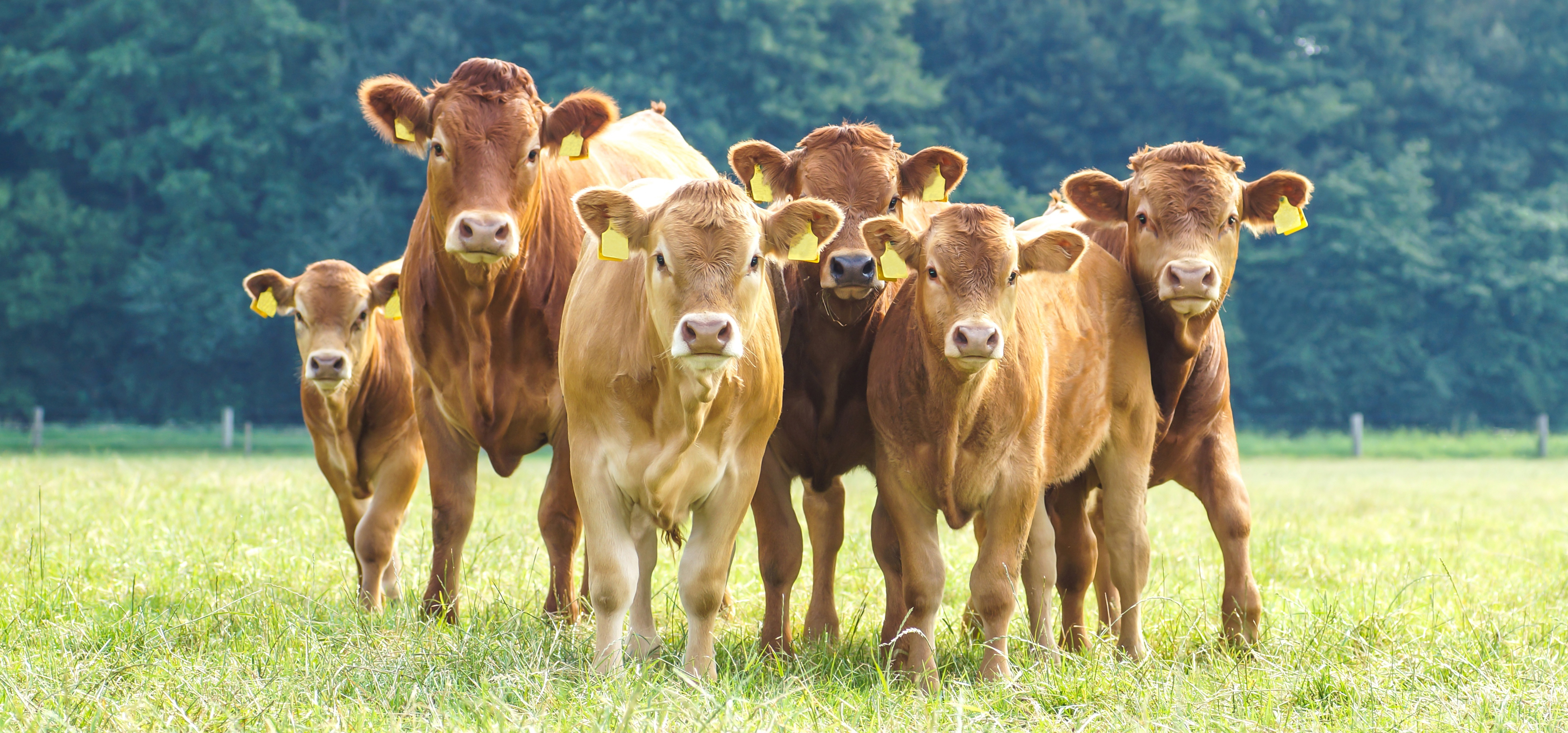The proper housing and care of livestock is the foundation of good animal health. It is the basis for efficient agriculture and the production of safe food.

Livestock farming is the first link in the chain for the production of foodstuffs of animal origin. A key task of all keepers of livestock is to maintain the health of their animals and to prevent disease. To do this, they must check the animals often enough to be able to intervene promptly in critical situations. Sick animals must be treated, housed and cared for, or even killed (see Art. 5 para. 2 AniPO).
Animal-friendly housing should be used to prevent housing-related injury and disease and to promote animal welfare. The Animal Welfare Act (AniWA) therefore prescribes that mass-produced Housing systems and installations require an official licence.
General information on the keeping of livestock
Breeding should aim to obtain healthy animals. It is prohibited to breed animals in which body parts are genetically remodelled in such a way that an animal is caused pain, suffering or harm. Animals that have been bred for prohibited breeding purposes are not allowed to be exhibited (Art. 30a Para. 4 b Animal Protection Ordinance). More information on the topics of breeding and reproduction can be found under the individual species or under “Animal welfare in breeding”.
The mishandling, neglect or unnecessary overworking of animals is also prohibited, as is the killing of animals in a manner that causes suffering. Many other prohibited actions are listed in Articles 16 to 21 of the Animal Protection Ordinance.
Animals may be transported only if they are expected to survive transport unharmed. The driving conditions must be gentle on the animals. The permitted duration of transport is eight hours. Anyone transporting animals on a commercial basis must undertake continuous training. Other key topics such as animal movement checks (registration, marking, stock monitoring) and trade in livestock can be found under “Transport and trade” (in French).
Only healthy animals may take part in events. Animal owners and event organizers must provide for the wellbeing of the animals. More information on responsibilities and bans with regard to markets, exhibitions and other events can be found here (in French).
Vertebrates and crustaceans may be killed only after stunning, except in the case of pest control or hunting, or if the method of killing immediately produces insensibility and unconsciousness without pain (Art. 178 Animal Protection Ordinance).
Slaughtering of animals
Abattoir personnel must have completed a course of training and undergo regular further training. After it has been stunned, the unconscious animal must be bled by severing or piercing the major blood vessels in the neck. Further information on slaughtering can be found via this link (in French).
Technically correct killing of animals
Vertebrates and crustaceans may only be killed by qualified persons who have acquired the necessary knowledge and practical experience in the killing of an animal under expert guidance and supervision and who regularly kill animals (Art. 177 Animal Protection Ordinance). The animal must be killed with care and without delay. The method selected must lead to certain death of the animal. The procedure must be monitored until death occurs (see Art. 179 Animal Protection Ordinance).
Anyone keeping cattle, llamas, alpacas, more than five horses or more than ten sheep or goats must provide proof of competence (‘SKN’). If the holding has a total of more than ten livestock units, an agricultural training course is required. To keep wild animals for agricultural purposes, such as reserve game or ostriches, the person responsible for animal care must have undergone specialised independent training (‘FBA’) or be a qualified animal attendant. Any additional training required by persons keeping animals is listed under the individual species and in the technical information under “More information”.
Procedures in piglets, calves, lambs and kids
Animal keepers who wish to castrate or dehorn their young animals themselves must first complete an appropriate recognised course leading to a proficiency certificate. This ensures that the procedures are carried out professionally and in a way that is as gentle as possible on the animal. More information on training can be found under the individual species of livestock.
When handling animals, due attention must also be paid to the dignity of the animal in accordance with the law on animal welfare (Art. 1 Animal Welfare Act). Pain, suffering, harm and other constrains under Article 3a of the Animal Welfare Act are permissible only if they are justified by overriding interests. For more on this challenging topic, see: „Dignity of the animal“.
More information
Last modification 17.04.2020




